Chosen theme: Eco-Friendly Landscaping Materials. Welcome to a greener way to shape outdoor spaces—where every stone, board, and pathway reduces waste, supports soil life, and turns your yard into a resilient, restorative landscape. Subscribe for fresh ideas, guides, and real-world inspiration.
Why Sustainable Materials Matter Outdoors
Carbon-smart choices
Selecting reclaimed, recycled, and locally sourced materials reduces transportation emissions and keeps useful resources out of landfills. Your patio or pathway can store stories, not carbon—carefully chosen pieces that age gracefully, weather beautifully, and quietly lighten your landscape’s footprint.
Water-wise surfaces
Permeable pavers, gravel mixes, and open-joint stone allow rain to soak into soil instead of surging into storm drains. These materials recharge groundwater, protect nearby streams, and reduce puddles, all while delivering a refined, modern look that welcomes bare feet and raindrops.
Habitat-friendly textures
Rough stone, bark mulches, and layered groundcovers create micro-habitats for pollinators and beneficial insects. Tiny crevices shelter life, while organic mulches moderate soil temperature, support fungi, and turn a simple path into a supportive corridor for garden allies moving through your yard.
Boards from deconstructed barns or piers bring soulful texture to garden walkways and seating. Look for rot-resistant species and finish with natural oils. Each footstep connects history, craftsmanship, and a gentler material footprint under your daily wander through the greens.
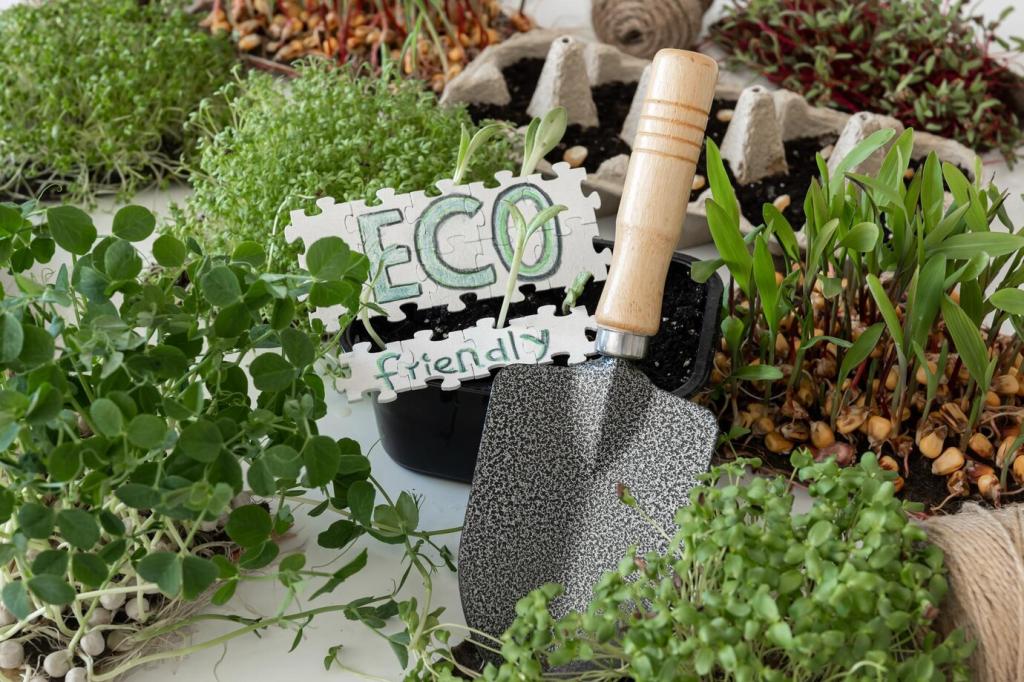
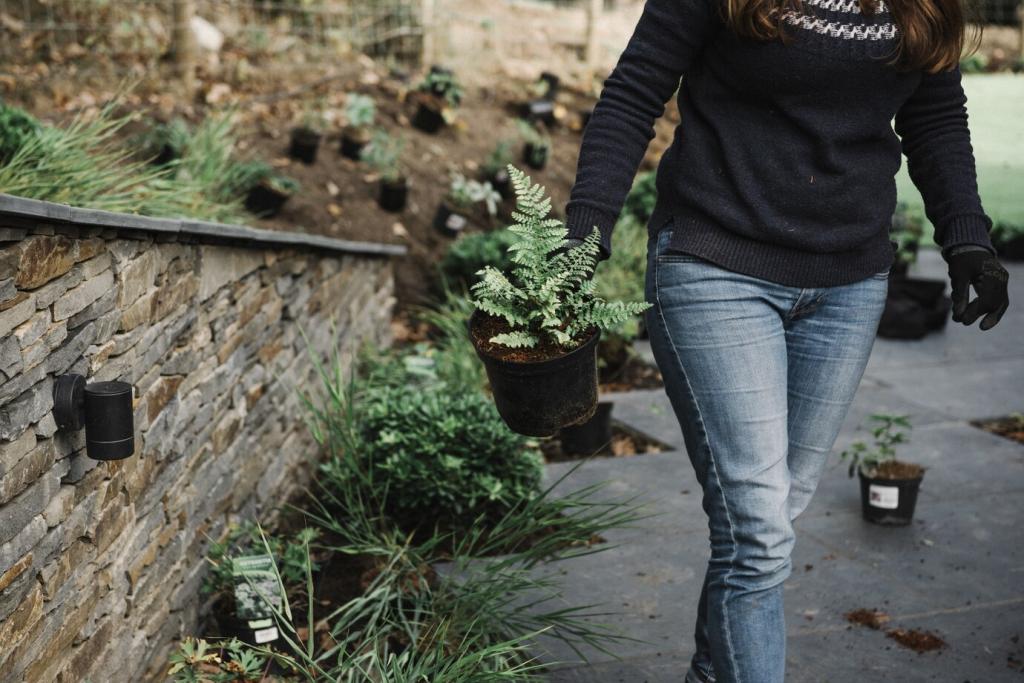
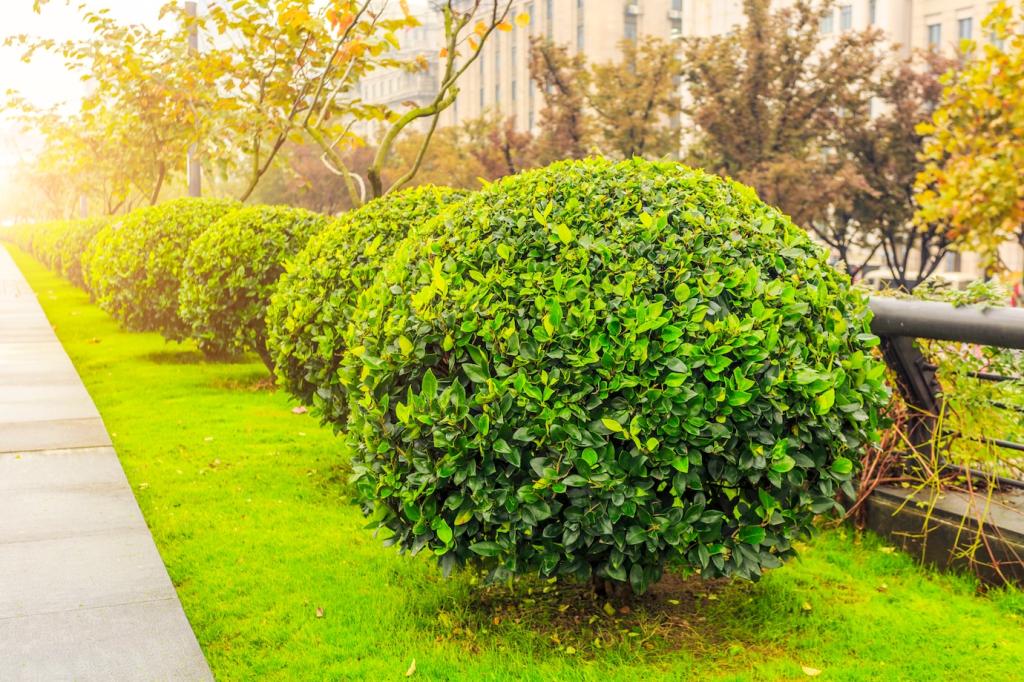
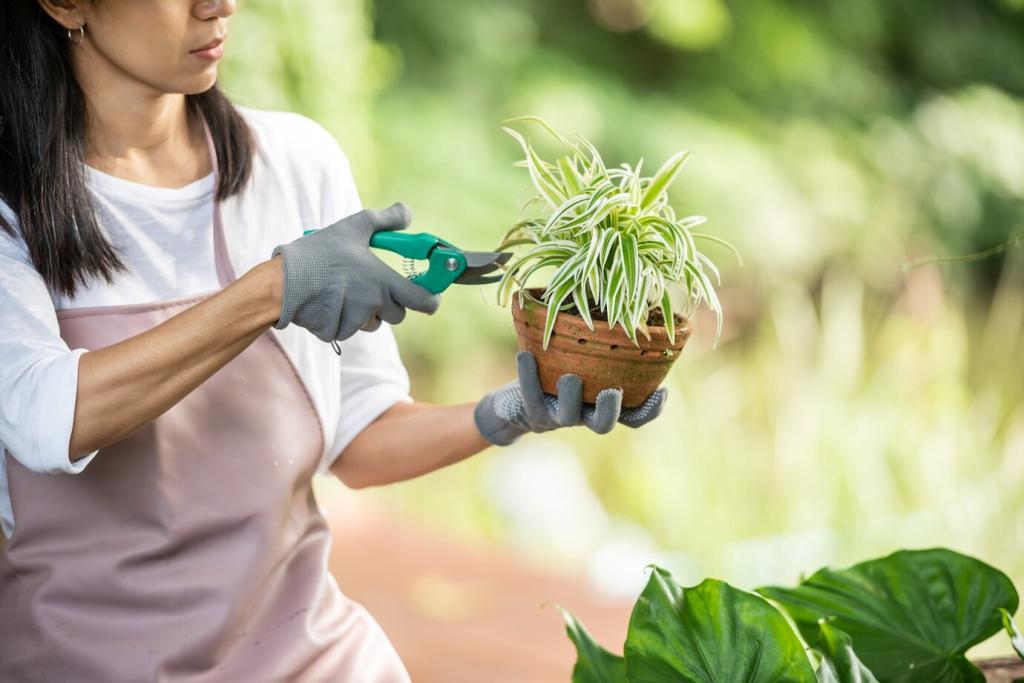
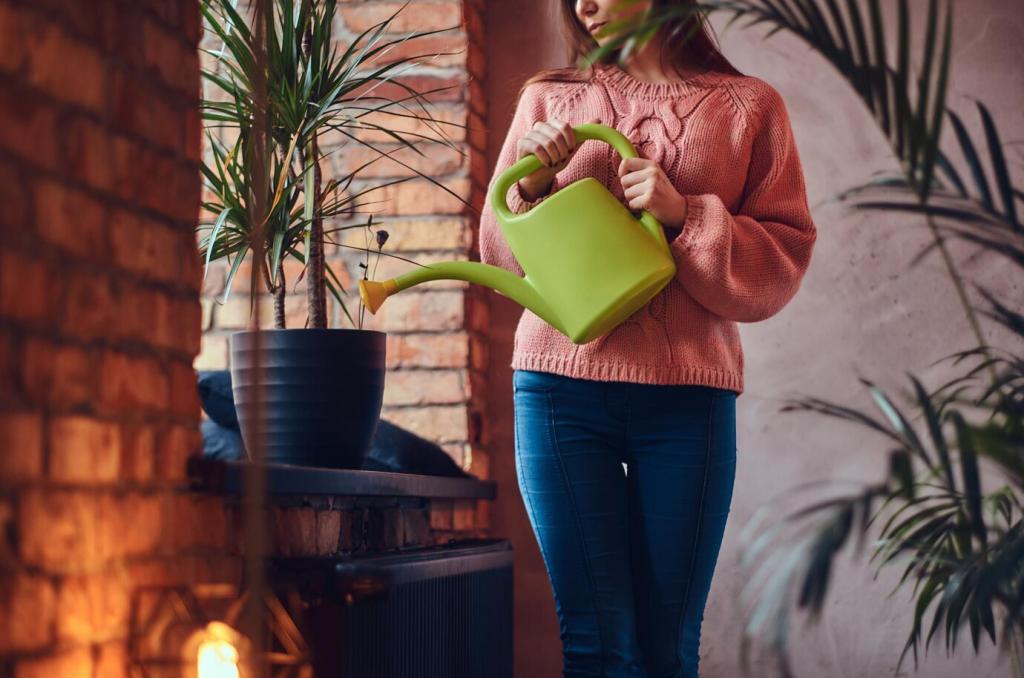
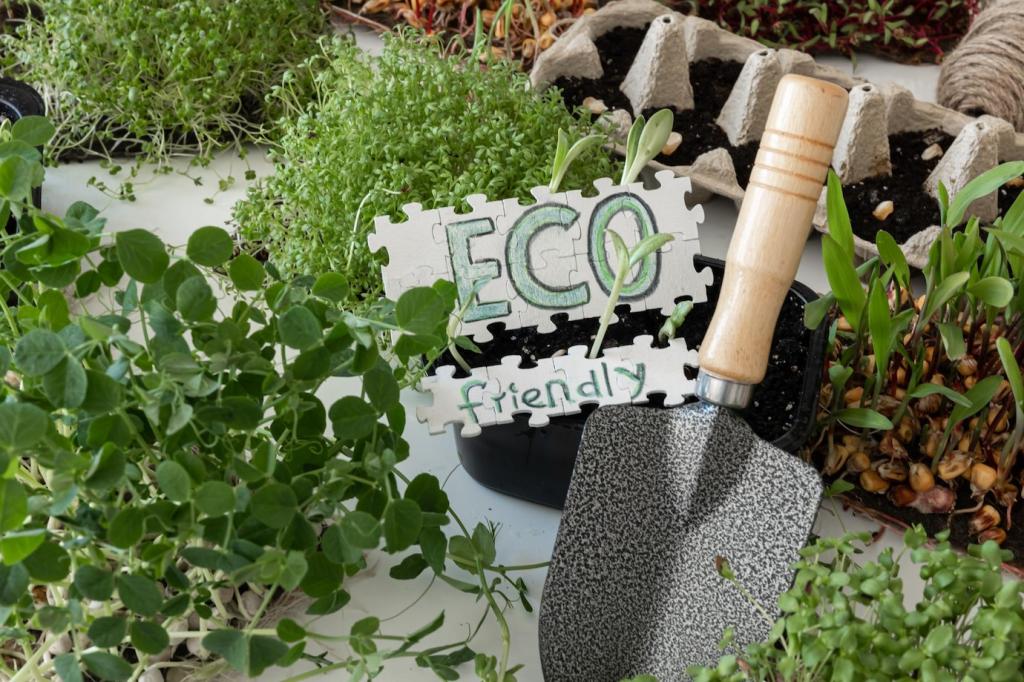
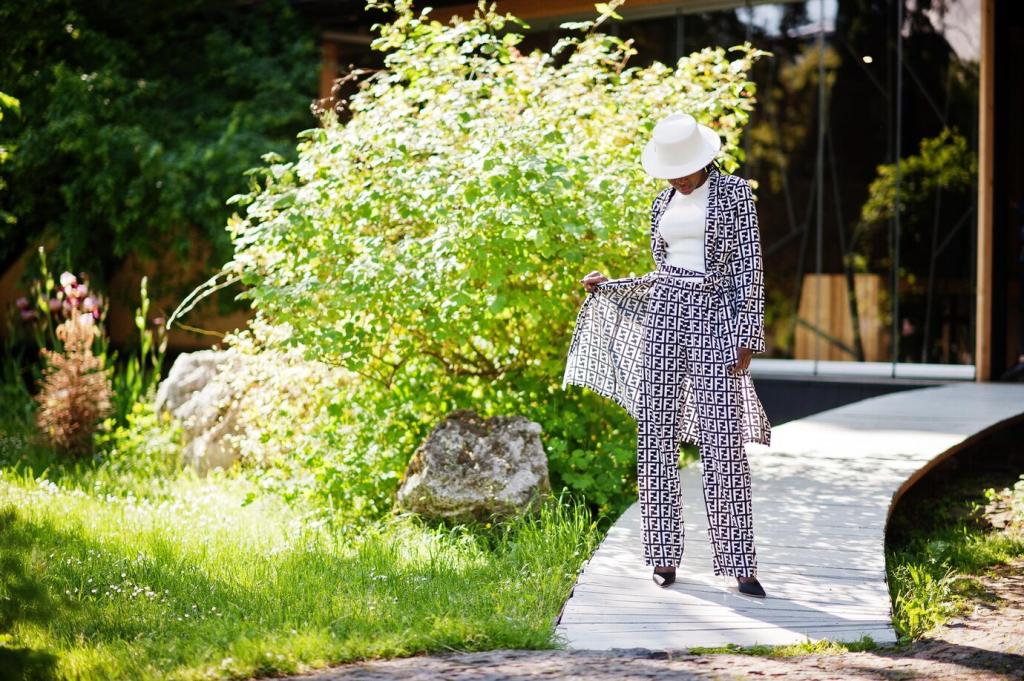
Soil-Centered Materials: Compost, Biochar, and Living Pathways
Screened compost adds stable organic matter, improves nutrient cycling, and boosts water retention. Use it beneath mulches, in planting pockets, and lightly top-dressed on lawns transitioning toward meadow. Your kitchen scraps become the richest material in your outdoor design palette.
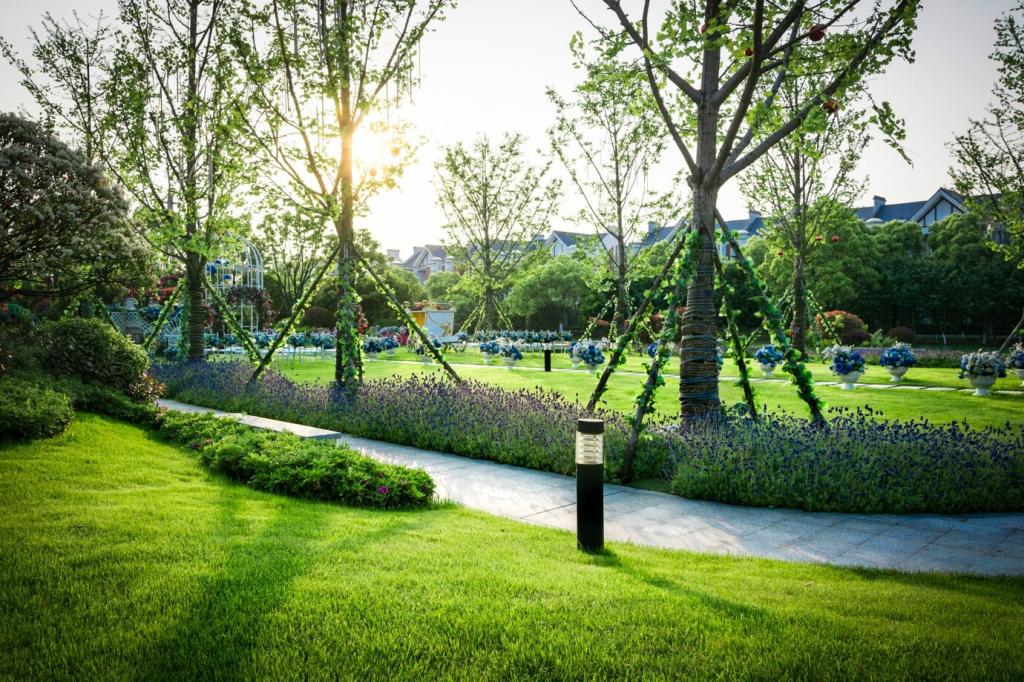
Soil-Centered Materials: Compost, Biochar, and Living Pathways
Charred, porous carbon particles hold water and nutrients while providing habitat for microbes. Blend inoculated biochar into planting areas and even under gravel paths to support adjacent roots. It is durable, quiet, and profoundly effective at building soil life over time.

Smart Sourcing and Lifecycle Thinking
Check architectural salvage yards, municipal material exchanges, and neighborhood groups before buying new. You’ll find stones, bricks, and timbers with character. Trading materials keeps costs down, cuts emissions, and builds relationships that outlast projects and plant palettes alike.
Smart Sourcing and Lifecycle Thinking
Request sourcing distances, recycled content percentages, and treatment details. Are finishes low-VOC? Are aggregates washed responsibly? A single conversation can shift a purchase toward a cleaner option and signal demand for transparency within your local supply chain.
A Story to Inspire Your Yard
From concrete slab to cool sanctuary
We lifted the slab, reused broken pieces as sub-base, and set reclaimed brick with wide, aggregate-filled joints. Mulched beds framed the edges, and rainfall disappeared into the ground. The space felt softer, quieter, and alive after the very first storm.
Your first weekend project
Begin with a small permeable path using recycled pavers and local gravel. Borrow a plate compactor, follow a simple base recipe, and plant thyme between joints. Share photos of your progress, and we’ll provide step-by-step feedback in upcoming posts.
Join our eco-landscaping community
Subscribe for material lists, checklists, and seasonal maintenance prompts. Comment with your climate zone and favorite eco-friendly materials. Together we’ll trade sources, compare results, and celebrate landscapes that give back more than they take, one project at a time.
